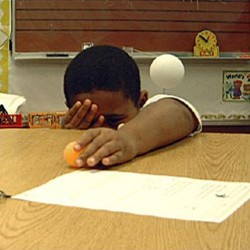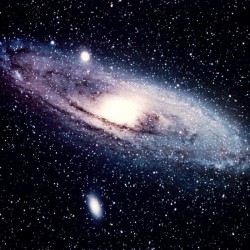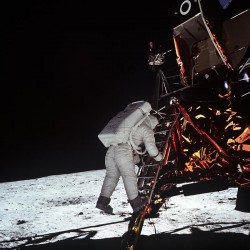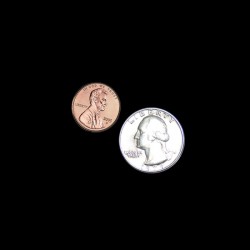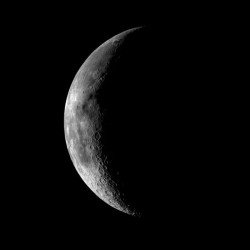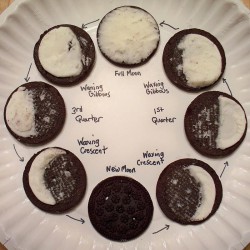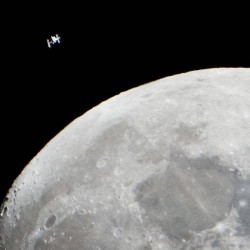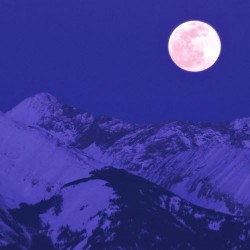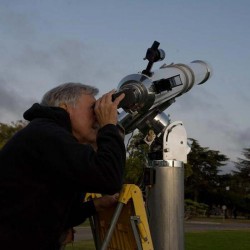Sort
Space Science There are 108 items.
This collection focuses on the wonders of space. Find activities about the Moon’s influence on Earth, characteristics of stars, creating a “comet”, and much more!
-
Scale Model of Sun and Earth
In this activity, participants use scaled cut-out models of the Sun and Earth to learn about the difference in size and distance between the two celestial bodies. 0
Check It Out
How-to Video -
Making a Solar Eclipse Book
This is an activity about how to model and label a solar eclipse. 0
Check It Out
-
How Can the Little Moon Hide the Giant Sun?
This is an activity exploring the concept that distance affects how we perceive an object's size, specifically pertaining to the size of the Sun and the Moon as seen from Earth. 0
Check It Out
-
Sorting Games: How Big? How Far? How Hot?
3 Review(s)This NASA@ My Library Activity Guide will help library staff facilitate these sorting activities in large or small groups, with patrons from Pre-K to adult. 29595
Check It Out
How-to Video -
Moon Mythbusters
2 Review(s)This is an activity about the Moon's influence on Earth. 4358
Check It Out
-
Penny Moon
1 Review(s)This is an activity about the rotation of the Moon. Learners use a penny and a quarter to model that the Moon does indeed spin on its axis as it orbits the Earth. 2283
Check It Out
How-to Video -
Teen Moon: Moon Ooze!
Learners model how the Moon's volcanic period reshaped its earlier features. 0
Check It Out
How-to Video -
Lunar Phases: A Dance under the Sun
Learners use a polystyrene ball, sunlight, and the motions of their bodies to model the Moon's phases outdoors. 0
Check It Out
-
Loony Lunar Phases
5 Review(s)Learners hear a story, song, or (silly or serious) poem that celebrates the Moon's different phases. 39865
Check It Out
How-to Video -
Growing up Moon
Learners will visit a sequence of stations to discover how the dark and light areas and craters we see on the Moon's face today record major events of its lifetime. 0
Check It Out
-
What Do You See in Today’s Moon?
1 Review(s)Learners read or listen to a cultural story describing a shape identified in the Moon's surface features. 1851
Check It Out
Teacher's Guide Provides classroom connections, key concepts, connections to science standards, and additional resources. -
Moon in Action
Learners go outside on a clear evening and view the sky to see the Moon for themselves. 0
Check It Out





